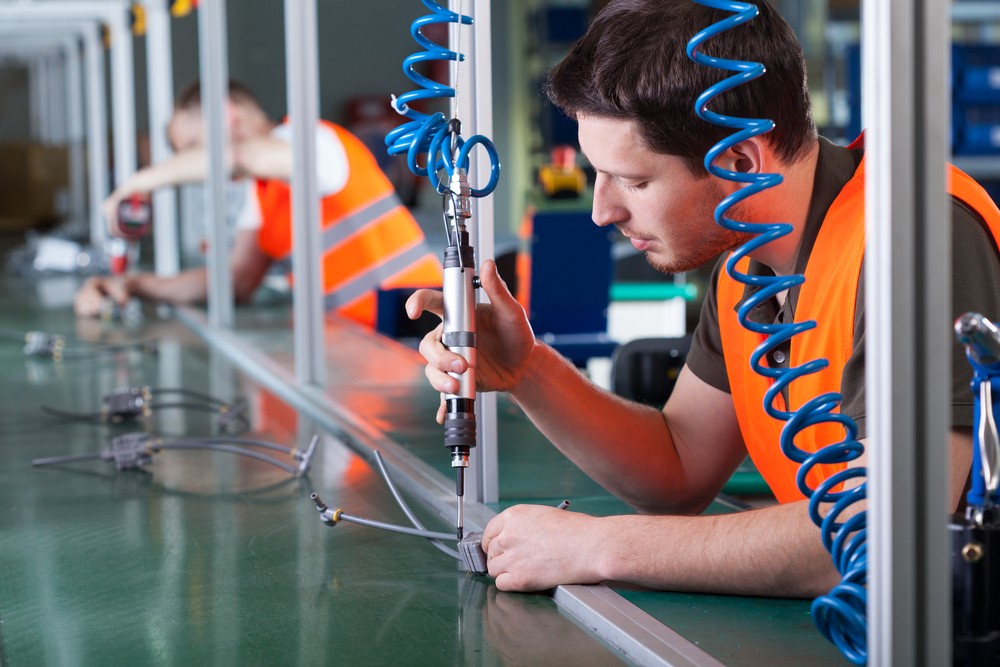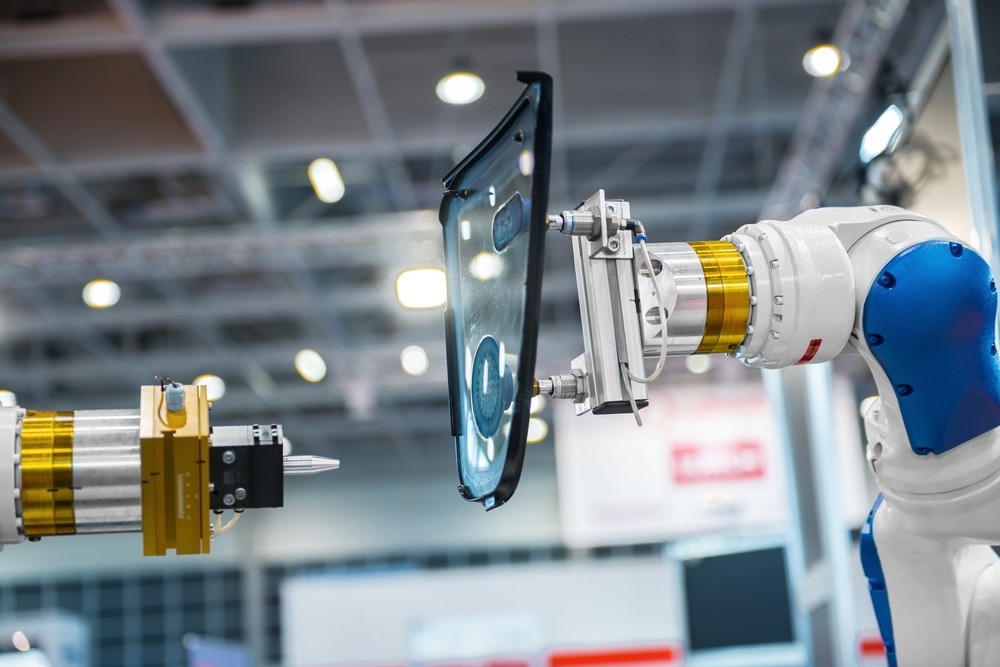5 Trends of the ‘New Normal’ in Manufacturing Environments

While much of the world is waiting for things to go back to normal after COVID-19 passes, industry innovators know that it won’t. At least, not completely. Some of the changes brought about by the pandemic are destined to stay and shape the future of the way we do things. Understanding what’s bound to stay gives insight into how the future will shape itself. For manufacturers, now’s the time to consider these changes. They’ll have a huge impact when it comes to staying operational in an uncertain future.
What’s going to stay? What does the post-COVID-19 future look like? Here’s a look at five consistent motifs that exist right now and are likely to far outlast the pandemic as industry evolves.
1. Social distancing
Factories that remained open through the peak of the pandemic had to adapt to mitigate potential worker exposure to the virus. Some distanced physically; others used creative scheduling across shifts to minimize total in-house staff. Regardless of the tactic, social distancing guidelines will likely become part of the new normal. Workers will be taught to be more mindful of personal space and it’s only a matter of time before Lean Six Sigma blackbelts put their minds to work configuring socially distant factory floors.
2. Increased reliance on robotics
While the threat of the robot revolution has been a boogeyman for industrial workers for the last decade, COVID-19 has shown us that we need to ramp-up the use of robotics in meaningful ways — especially for jobs that expose human workers to significant danger. Robotics still need operators, which necessitates a more skilled workforce. The combination of displaced skilled workers and emphasis on new robotics could make the near future an opportune time to ramp up robotics.
3. Diversified supply chains
Of the many factors that have decimated manufacturing, supply chain disruption is the most prevalent. Supply chains around the world have halted, shifted, or become grossly expensive, leaving manufacturers to foot the bill. It’s been a hard-learned lesson, but the result will be diversified supply chains in the future. The ability to get materials, labor, tooling, distribution, transport, and more from multiple partners alleviates the massive stress of losing your sole partner.

4. Integrated value streams
As manufacturers work to get their operations back up and running, many are looking to diversify. What work can you bring in-house? White label? What new spinoff production lines can you create? Most importantly, how can you strengthen your core value streams? Integrated value streams are the future, allowing producers to control more of their process and their profits.
5. Big data forecasting
Industry 4.0 has long been the next step in manufacturing’s evolution. Now, reliance on big data will be more important than ever. Forecasting to accommodate globalized economic factors and to pivot in the face of extreme headwinds will become essential for manufacturers. As they look to adapt their current strategies, producers are turning to data to make informed, strategic decisions. Expect a massive shift to data-backed manufacturing forecasting as part of the new norm.
These changes are just the start. From regulatory oversight, to technological innovation, to global economic policies, manufacturing is in a period of evolution. Approached properly, it could very well culminate in an industry changed for the better.